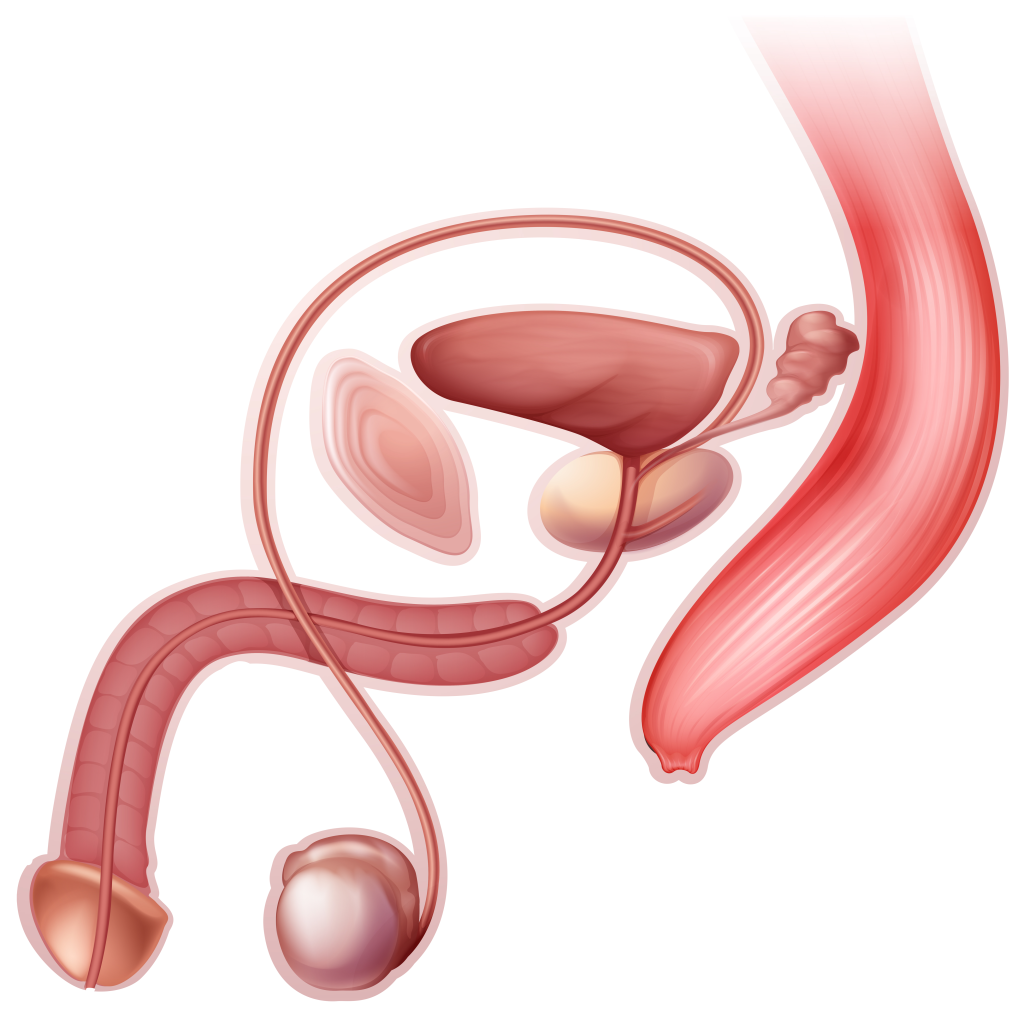Penile Cancer

Penile Cancer
Penile cancer is a rare type of cancer that affects the penis. Although it is uncommon, understanding this condition, its risk factors, symptoms, and treatment options is essential for individuals and healthcare providers.
Penile cancer can occur in men of all ages but is most often diagnosed in older men. While it is rare, early detection is crucial for successful treatment.
Risk Factors: Several risk factors increase the likelihood of developing penile cancer. These include tobacco use, a history of human papillomavirus (HPV) infection, a weakened immune system, and a lack of proper hygiene. Encouraging safe sexual practices and HPV vaccination can help reduce the risk.
Symptoms: Recognizing the symptoms of penile cancer is vital for early diagnosis. Common symptoms may include changes in the skin of the penis, such as a persistent lump, ulcer, or sore, redness or irritation, and discharge or bleeding from the penis. Any unusual changes should prompt a visit to a healthcare provider.
Diagnosis: Diagnosing penile cancer involves a physical examination, a review of medical history, and various tests, such as a biopsy. Imaging tests may be performed to determine the extent of the cancer and assess lymph nodes.
Treatment Options: Treatment for penile cancer depends on the stage and location of the tumor. Options may include surgery to remove the cancerous tissue or the entire penis (penectomy), radiation therapy, chemotherapy, and targeted therapy. The choice of treatment is influenced by factors such as the size and stage of the tumor, the patient’s overall health, and their preferences.
In conclusion, penile cancer is a rare but serious condition that requires prompt medical attention. Understanding the risk factors, recognizing symptoms, and seeking timely evaluation can lead to effective treatment and improved outcomes.
